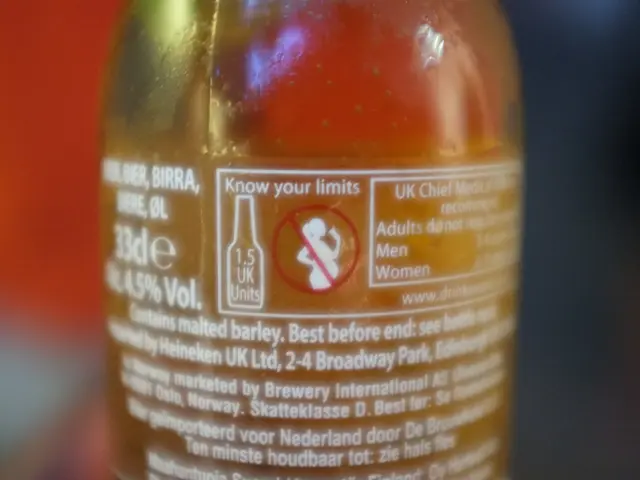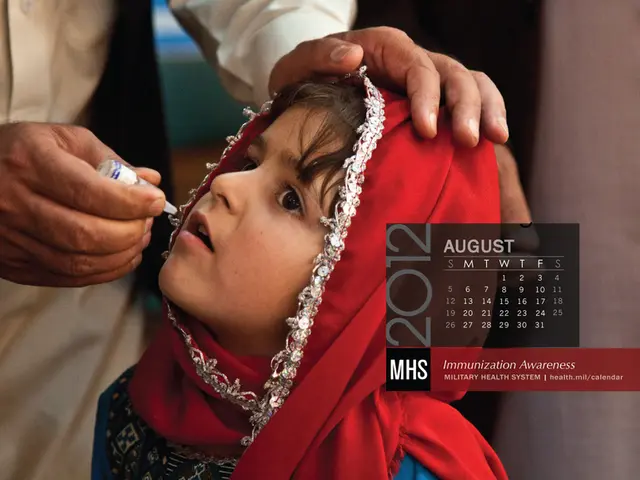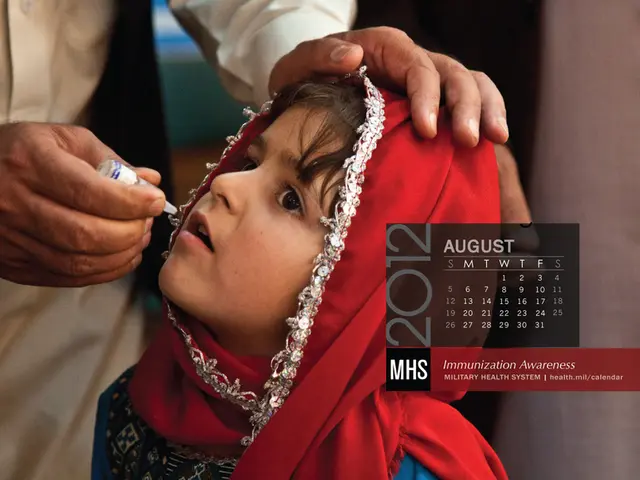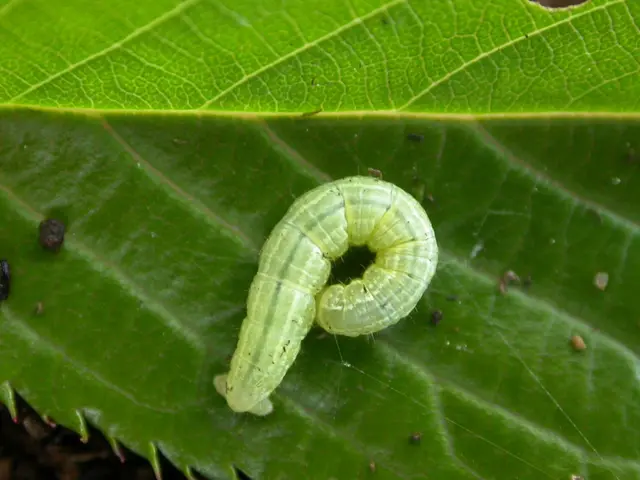Differentiating age spots from skin cancer: Recognizing the variations and seeking appropriate medical advice
Hey there! Let's talk about those skin spots you might be noticing as you age. While both age spots and skin cancer can appear kinda similar, understanding the differences between them can be crucial.
Age spots, known as solar lentigines or liver spots, are basically just patches of skin that darken due to overexposure to the sun and the body's response to protect itself (by producing excess melanin). They're usually harmless and tend to appear more commonly on fair skin. Age spots are usually flat, uniform in color (typically brown, tan, or black), and may get more prominent in sunny weather.
On the other hand, skin cancer is a type of cancer that can grow on areas exposed to the sun. It occurs due to damage to skin cells caused by UV radiation or other environmental or genetic factors. Unlike age spots, skin cancer is potentially harmful and may spread to other parts of the body if left untreated.
Although rare, sometimes a precancerous condition called actinic keratosis might be mistaken for an age spot. Actinic keratosis can lead to skin cancer if not treated.
To help you understand how to spot the differences, here are some key symptoms:
- Age spots are generally not painful, itchy, or crusty.
- Skin cancer symptoms can vary depending on the type and include irregular shapes, changing size or color, multiple colors, rough, scaly patches, and even bleeding.
- Actinic keratosis often appears as small, scaly, rough patches or crusty bumps, and can be slightly raised or flat.
Remember, it's always a good idea to consult a healthcare professional if you notice any unusual changes to your skin or if you have concerns about potential signs of skin cancer or actinic keratosis. Early detection can significantly improve health outcomes.
Treatment for age spots is usually cosmetic (like laser therapy, chemical peels, or microdermabrasion), while treatment for skin cancer and actinic keratosis would depend on various factors like the type and stage of the condition.
So keep an eye on those spots, but don't stress! Just a bit of sun protection (like wearing sunscreen and protective clothing) can go a long way in preventing potential issues. 😎🌞🤛🏼
- In the field of dermatology, it's essential to distinguish between age spots and skin cancer, especially since both can appear similar.
- Senior individuals, who are more susceptible to developing certain medical conditions like skin cancer, should pay close attention to any changes in their skin.
- Melanoma, a type of skin cancer, may be identified by its irregular shapes, altering size or color, multiple colors, rough, scaly patches, and bleeding.
- Oncology specialists often treat skin cancer, utilizing various methods based on the type and stage of the condition.
- Maintaining a consistent skin-care routine with sun protection and adhering to a health-and-wellness lifestyle can reduce the risk of skin-related conditions, such as skin cancer and age spots.








